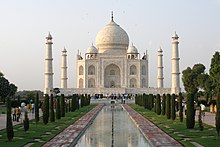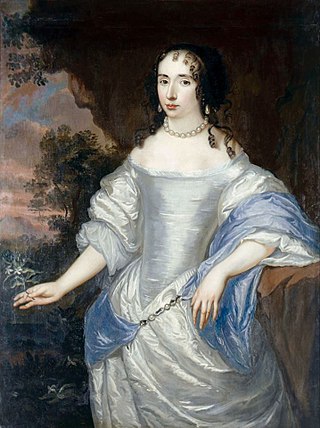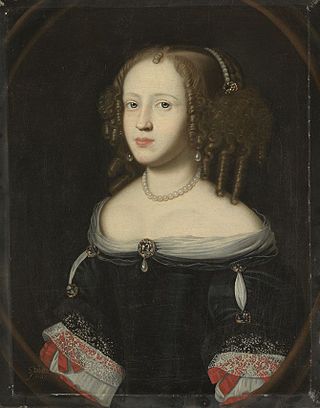Contents
This article needs additional citations for verification .(March 2015) |
| |||
|---|---|---|---|
| Buildings and structures +... |
| 1640s . 1650s in architecture . 1660s |
| Architecture timeline |
This article needs additional citations for verification .(March 2015) |
| |||
|---|---|---|---|
| Buildings and structures +... |
| 1640s . 1650s in architecture . 1660s |
| Architecture timeline |



Baroque architecture is a highly decorative and theatrical style which appeared in Italy in the early 17th century and gradually spread across Europe. It was originally introduced by the Catholic Church, particularly by the Jesuits, as a means to combat the Reformation and the Protestant church with a new architecture that inspired surprise and awe. It reached its peak in the High Baroque (1625–1675), when it was used in churches and palaces in Italy, Spain, Portugal, France, Bavaria and Austria. In the Late Baroque period (1675–1750), it reached as far as Russia, the Ottoman Empire and the Spanish and Portuguese colonies in Latin America. In about 1730, an even more elaborately decorative variant called Rococo appeared and flourished in Central Europe.
The year 1722 in architecture involved some significant events.
Carlo Lurago was an Italian architect who was active in Prague.

Events from the year 1592 in art.
Dientzenhofer is the name of a family of German architects, who were among the leading builders in Bohemian and German Baroque.

Johann Dientzenhofer was a builder and architect during the Baroque period in Germany.

Frederick Louis was the Duke of Landsberg from 1645 until 1681, and the Count Palatine of Zweibrücken from 1661 until 1681.

Church of St. Joseph of the Visitationists commonly known as the Visitationist Church is a Roman Catholic church in Warsaw, Poland, situated at Krakowskie Przedmieście 34. It is one of the most notable rococo churches in Poland's capital. This is the third church on the site to serve the monastic community for which it was built, the original church having been erected in 1651. Construction on this church was begun in 1728 and completed in 1765.

Louise Henriette of Nassau was a Countess of Nassau, granddaughter of William I, Prince of Orange, "William the Silent", and an Electress of Brandenburg.
John Tillinghast (1604–1655) was an English clergyman and Fifth-monarchy man. He is known for his confrontation with Oliver Cromwell, and millenarian writings.

Maria Elisabeth of Schleswig-Holstein-Gottorp, was by marriage landgravine of Hesse-Darmstadt.

The Swedish Africa Company was a Swedish trading company, founded in 1649 on the initiative of the Walloon-Dutch merchant Louis De Geer and his son Laurens, for whom Sweden had become a second home. The primary interest of the company was the trade on the Swedish Gold Coast, notably the trade of human beings to be sold into slavery in the Americas.

The Baroque garden was a style of garden based upon symmetry and the principle of imposing order on nature. The style originated in the late-16th century in Italy, in the gardens of the Vatican and the Villa Borghese gardens in Rome and in the gardens of the Villa d'Este in Tivoli, and then spread to France, where it became known as the jardin à la française or French formal garden. The grandest example is found in the Gardens of Versailles designed during the 17th century by the landscape architect André Le Nôtre for Louis XIV. In the 18th century, in imitation of Versailles, very ornate Baroque gardens were built in other parts of Europe, including Germany, Austria, Spain, and in Saint-Petersburg, Russia. In the mid-18th century the style was replaced by the less geometric and more natural English landscape garden.

Czech Baroque architecture refers to the architectural period of the 17th and 18th century in Bohemia, Moravia and Silesia, which comprised the Crown of Bohemia and today constitute the Czech Republic.